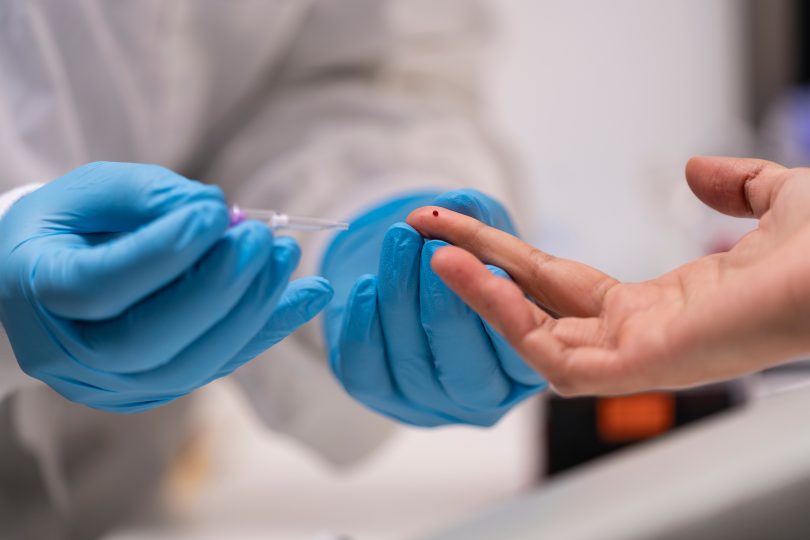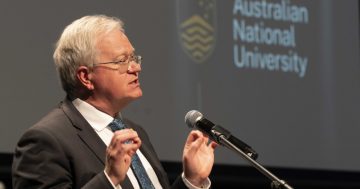
The John Curtin School of Medical Research will concentrate on areas that can make money for the ANU. Photo: Jamie Kidston/ANU.
The Australian National University has abandoned controversial plans to axe neuroscience as part of ‘painful’ and ‘confronting’ cuts to the College of Health and Medicine.
But not all of the Eccles Institute’s activities have survived, or other parts of the College.
The College has finalised its Change Implementation Plan after consultation on a raft of proposals that include the scrapping of its neuroscience arm, a narrowing of focus at the John Curtin School of Medical Research to concentrate on biomedical research that will make money for the ANU, and the loss of other parts in a general reorganisation.
It planned to cut a further 11 academic positions and 12 professional staff, on top of the 30 positions axed from the College last year.
The university took a $200 million hit to its budget last year, and the College budget for 2021 has been reduced to $54.7 million, almost $12 million less than the $66 million it forecast at this time last year.
The College will now be reorganised into three Schools instead of the proposed two: the John Curtin School of Medical Research (JCSMR); the National Centre for Epidemiology and Population Health (NCEPH); and the School of Medicine, Psychology and Health Leadership (SMPHL).
There had been concern about a loss of identity for the ANU Medical School in a mega-school with the Research Schools of Population Health and Psychology.
Fifteen positions will go, seven of which are vacant, and there will be transfers involving more than 550 staff.
The proposal to change the College name to the College of Health, Medicine and Psychological Science will also not go ahead.
The loss of neuroscience would have inflicted reputational damage on the University, according to feedback.
Neuroscience will be confined to cellular and circuit neuroscience and linked to the development of a University-wide, five-year strategic plan to transform the Eccles Institute of Neuroscience into an inter-disciplinary Eccles Institute of Neuroscience and Brain Sciences, in keeping with the early vision for it.
Other neuroscience disciplines will not be able to be transferred to the revamped JCMSR and will be axed, as will positions supporting research into liver research and developmental genetics.
The continuation of neuroscience will be paid for until the end of 2022 through savings from additional voluntary redundancies this year, increased revenue from newly signed contracts, and from the 2021 College transition funding and the 2021 and 2022 Research Support Program allocation.
It is expected that by the end of 2022 the strategic plan will be endorsed and changes will be under way to ensure ongoing sustainability.
The Implementation Plan emphasises the commercial imperatives of medical research so the College can pay its way.
“The success of biomedical research in the College depends on progressing translational outcomes at the same time as driving discovery science,” it says.
“JCSMR will continue to pursue national and international leadership and build research pipelines and ecosystems that sustain discovery science, clinical translation and commercialisation.
“Researchers will be supported to maximise opportunities to bolster sustainability through grant success and other forms of revenue generation, including commercial partnerships.”
An ANU spokesperson said the plan would ensure that the College continued to undertake world-class research and teaching, produce the health graduates and practitioners the nation needs and continued to deliver better outcomes for patients all over.
“The College’s implementation plan is about ensuring it can continue to deliver for the nation and on the University’s vital national mission for decades to come in the vital areas of medicine, medical research, psychology, population health, epidemiology and health leadership,” the spokesperson said.
“We are confident this plan, and the saving the College has already made in 2020 and 2021, will deliver on that commitment.”
The ANU is cost-cutting across the entire campus as part of its recovery plan after the loss of its international students due to the pandemic and border closures severely impacted its bottom line.




















